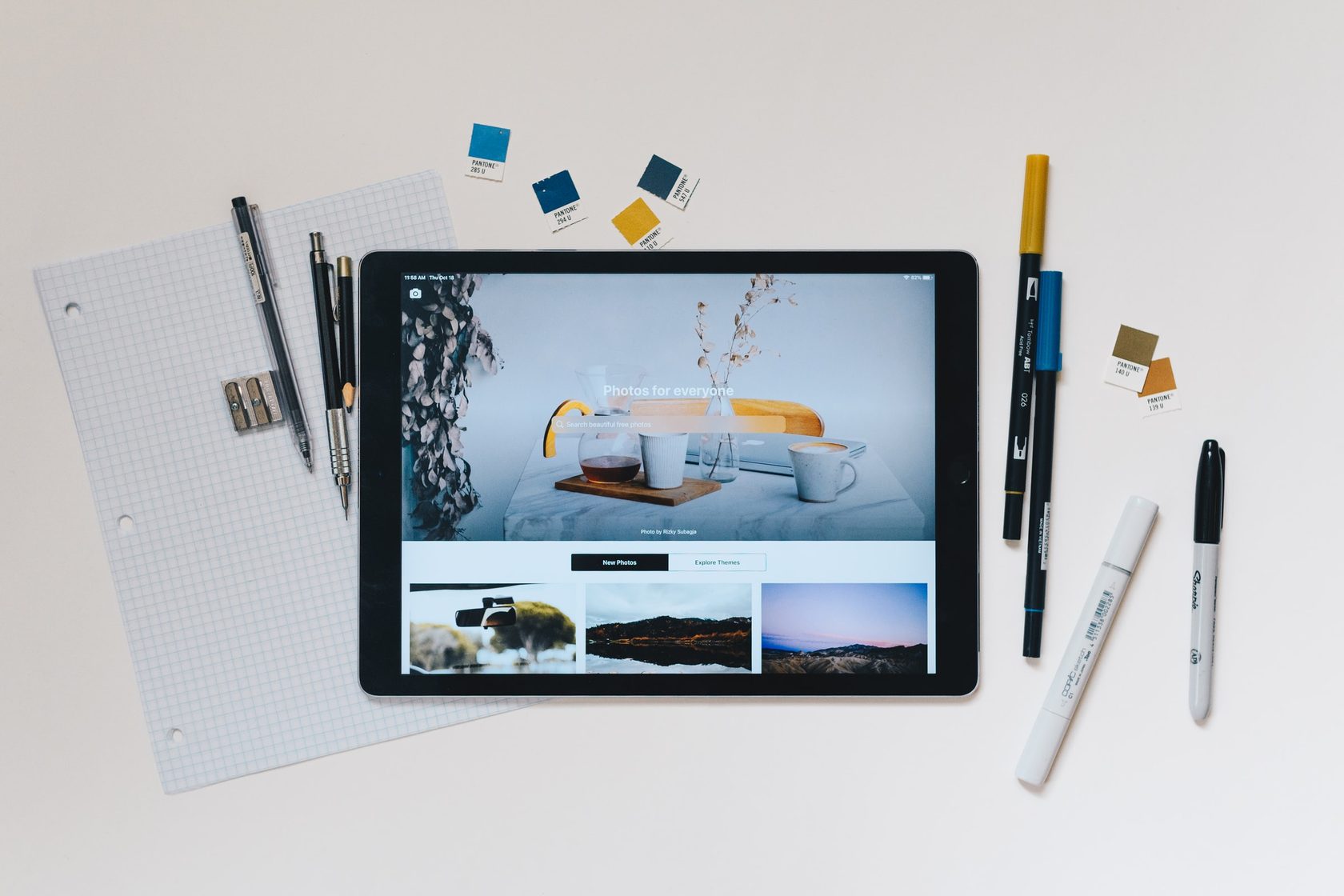User experience (UX) is the major differentiator for the modern customer. Research shows that a good experience means to the user more than the value of the brand or the cost of the product. Where is user experience born? It happens when both user experience and user interface design come into play. But what are these words and do they actually mean different things?
If you want to know what exactly UX and UI mean and how they differ, you’ve come to the right place. Both elements are crucial to the product’s success and work closely together. Let’s take a closer look.
What’s the goal of a UX designer?
The ultimate goal of experience (UX) design is to improve all aspects of the user’s interaction with the product. To make sure the product satisfies its users, the designer employs different disciplines, such as visual design, interaction design, usability, and more. The goal of user experience design is to create a product that is…
- Useful and valuable
- Easy to obtain
- Pleasant to use
While UX design ensures that a product provides an effective user experience, user interface design focuses on the visual appearance of a product. A good UI design translates the research and user needs into an effective user experience by combining a good sense of aesthetics and technical skills. Some of the UI elements that ensure a pleasant product experience include:
- Documents, text, images, and videos
- Forms including buttons, tags, text fields, checkboxes, and drop-down lists
- Graphic design of product elements
- Behaviors like what will happen when the user interacts with the product
The role of the UI designer is to create an engaging, beautiful user interface that elicits an emotional response from the user.
How different are UX and UI designs?
While UI design and UX design ultimately help achieve the same goal, what’s the difference between them? Simply put, UX design ensures that a product works to please the user and UI design makes sure the user finds the process visually pleasing. UX designers are mainly responsible for user scenarios and workflows, and UI designers deal with colors and typography.
UX is all about human-centered design, UI is striking the right chord with visual design. UX relies on competitor research, user cases, wireframes, and prototypes. UI is all about layouts, stunning graphics, and realistic mockups.
Another important difference between UI and UX designers is their approach to prototyping. UI designers pay more attention to the interface, or the front end of a product, while UX designers focus on the back end, or the way the product functions. To make things both realistic and eye-pleasing, UI designers use tools that allow the creation of beautiful images. UX designers favor wireframes as this approach saves time and makes their processes more efficient.
When it comes to product development, UX design focuses on the end-users and their needs, doing the appropriate research and validation. They are more focussed on workshops and research, presenting their findings in lo-fi prototyping.
How UX and UI are prioritized?
The UI is the layer on top of UX, making the wireframes beautiful, and aligned to the company’s business goals and the brand itself. UI is more focused on visual content creation and hi-fi prototypes which are based on the lo-fi prototypes of UX.
There’s a large gray area between the two types of product design. A good UX designer needs to understand how colors, layouts, and typography work in the interface. When UI design prevails, you could make the most beautiful product ever, but its logic would not match the users’ needs and it may not even work as expected.
UI and UX are two critical components that can make or break a product. UX is not UI, but they do complement each other in the following way: UX makes products useful, and UI makes products beautiful.

